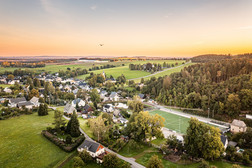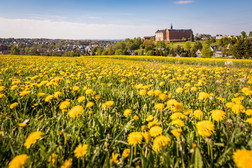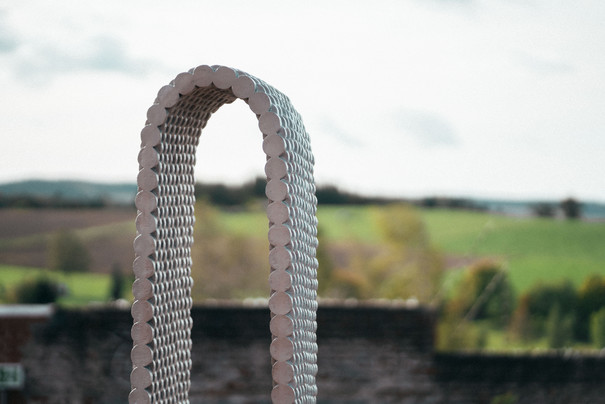The large district town of Stollberg/Erzgeb. has around 11,000 inhabitants and is located on the northern edge of the Ore Mountains around 20 kilometers southwest of Chemnitz. Stollberg was first mentioned as a town with market rights when the region was first settled in 1343. A few years later, in 1367, it was sold to King Wenceslas of Bohemia and later, in 1564, to the Saxon Elector Augustus I. A castle is mentioned as early as Wenceslas' time, which later became the electoral castle of Hoheneck. It became sadly famous in the 17th century due to its use as a prison.
From 1950, Hoheneck was the largest prison for women in the GDR. A memorial has been commemorating this since 2015, which also pays tribute to the victims of political persecution in the GDR. In addition, the Stalburc-Hoheneck site is increasingly becoming a cultural center, for example with the “Phänomenia” learning and experience world, the home of the Buratino Theater and the future experimental archaeological exhibition “ABORA SCIENCE CENTER”. Thanks to its convenient location, the town is also an attractive business location and, as the “gateway to the Ore Mountains”, a starting point for relaxing excursions into nature, for example along the nature trail in the Bürgerwald forest or towards the Stollberg dam.
Leunora Salihu: Bow
Art and sculpture trail PURPLE PATH
The sculpture Bogen by artist Leunora Salihu stands on the former dog track of the former Hoheneck women‘s prison. Hundreds of circular aluminium discs form a narrow gate two metres high. It invites you to walk through it, to observe the changing shadows cast by the daylight, but also to reflect on the history of the site. Leunora Salihu was born in 1977 in Pristina in Kosovo. She now lives and works in Düsseldorf, Germany.












































